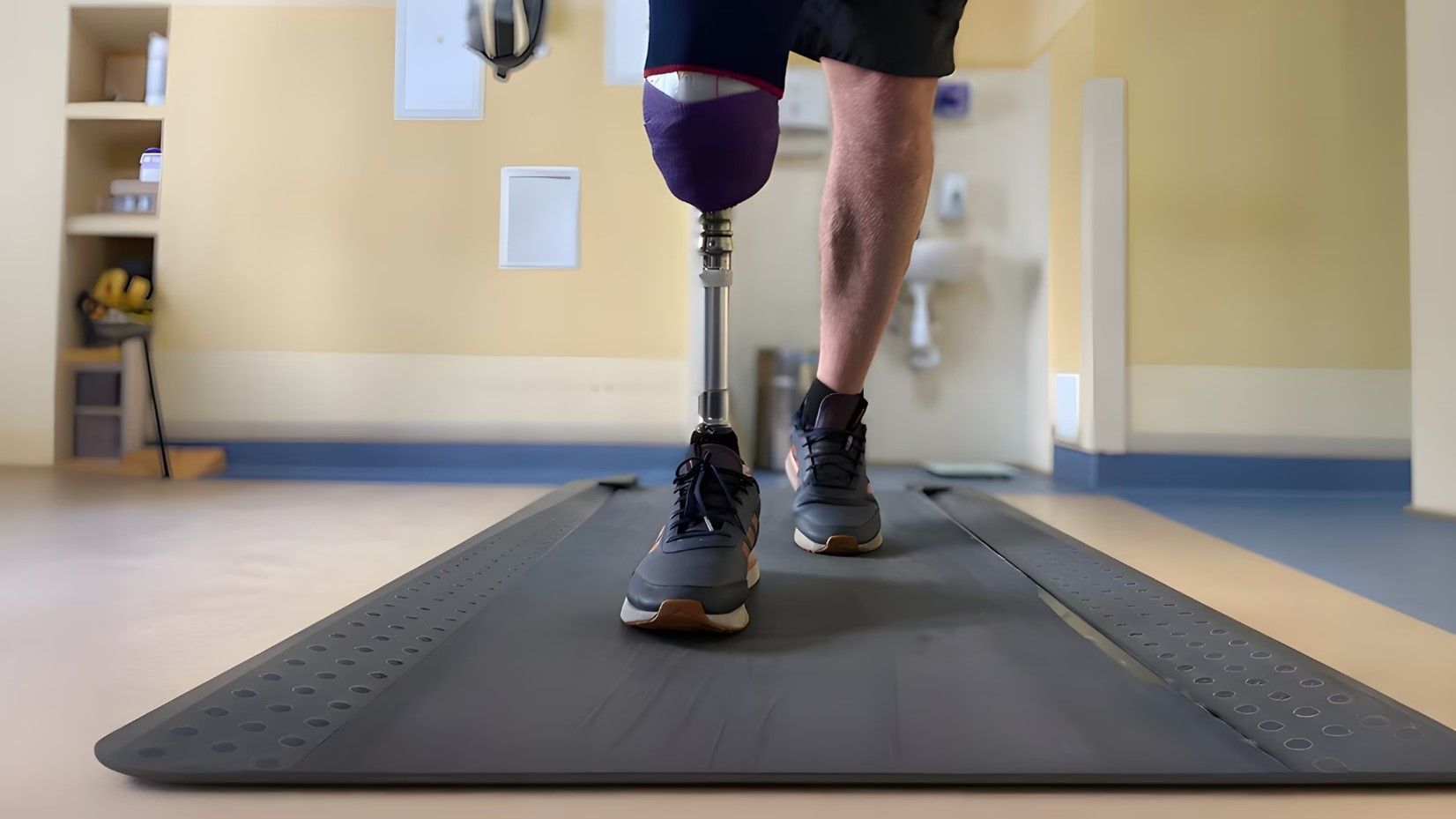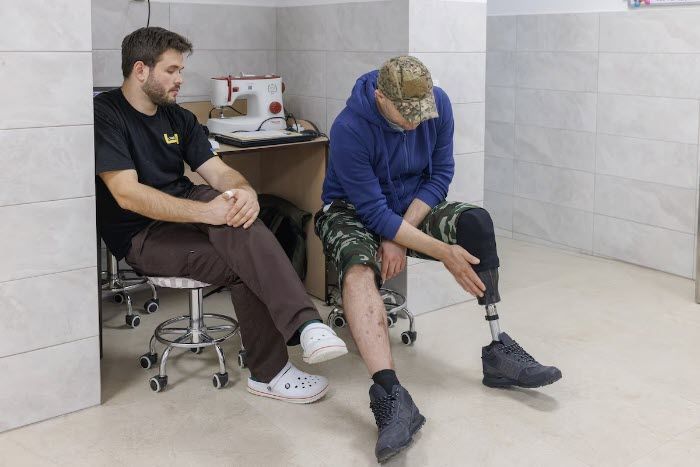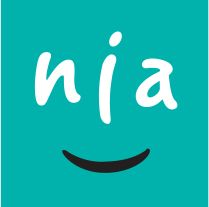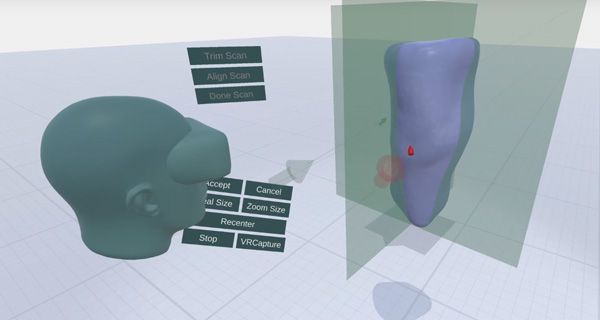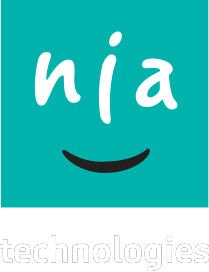Nia Technologies Is Rebuilding Lives In Virtual Reality, Reports VIVE
This is a subtitle for your new post
We are proud to be showcased by Stephen Reid in VIVE blog for our work on OrthoVR, a solution that combines virtual reality with 3D software to help clinicians in resource poor setting produce 3D printed prosthetics and orthotics faster.
The following is an excerpt of the article. You can read the full story here.
Millions of people around the world suffer amputation and disability due to war, accident, and congenital conditions. Yet relatively few of them have access to mobility aids that would allow them to walk, a freedom most people take for granted. Without prosthetic limbs, it can be incredibly difficult to participate in education, work or even social activities, especially in the developing world. Beyond the tremendous impact this has on individuals, there are economic and social costs to families and even communities.
With the advent of low-cost 3D printing, the production of suitable prostheses is now possible almost anywhere. Organizations like Canadian non-profit Nia Technologies are helping clinics in low and middle-income countries to manufacture prosthetic and orthotic devices faster than ever before. From digital scanning through design and 3D print production, Nia is helping clinics across the developing world to serve people affected by missing limbs.
There’s one problem: the complexity of 3D design. The solution? It might be adding virtual reality to the process.
Traditionally, clinicians who work with prosthetic limbs are trained in manual practices, such as plaster casting, sanding and shaping of prostheses. While clinicians can see the benefits of using 3D printing to create materials, often they have difficulty in adapting to the other part of the design process: digital modeling.
With 3D printing solutions, clinicians are no longer working with their hands – they are working with a mouse. While some can adapt, for many it’s a difficult process. They’re used to touching, shaping and examining their creations, like so many craftspeople before them. While 3D printing makes the production process faster, ironically the challenge of visual design can make the overall process slower.
The solution could be virtual reality: making the design process truly three-dimensional, and putting creativity directly back into the hands of those creating these prostheses. This is exactly what OrthoVR aims to do.
